1930s
The dropped-waist lines and straight “male” looks of the 1920s were replaced with ultra-femininity and attention to a sexy, female shape and form. Knee-length skirt suits, shoulder pads, fur and ornate hats were worn at an angle were all the rage. Clingy, long, evening gowns, were popular. 1932 saw the pantsuit for women, which was considered by many to be outrageous.
For men, the waistcoat fell out of fashion and they wore three-piece suits for formal occasions. Slipovers, cardigans, jumpers, and soft collared, open-neck shirts were popular for casual wear. The future uncrowned King Edward 8th, Prince of Wales, made jumpers and cardigans fashionable. Wide trousers with turn-ups were popular.


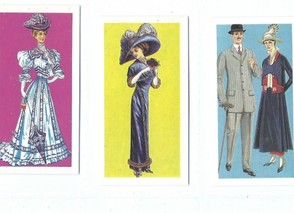
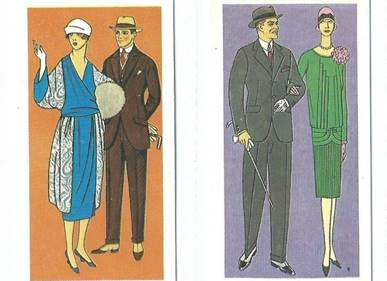
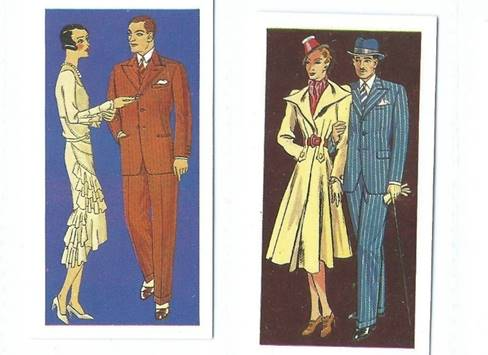
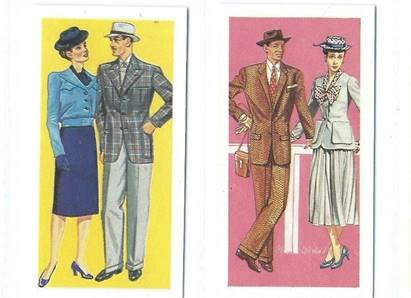
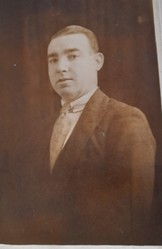

 Blarney Castle and Gardens, County Corkon 06/01/2023
Blarney Castle and Gardens, County Corkon 06/01/2023
 An Cóbh, Corcaigh, Eireon 05/29/2023
An Cóbh, Corcaigh, Eireon 05/29/2023
 Dublin ; The Book of Kellson 04/04/2023
Dublin ; The Book of Kellson 04/04/2023
 The Bee Tree Community CIC;- an online support communityon 08/24/2022
The Bee Tree Community CIC;- an online support communityon 08/24/2022
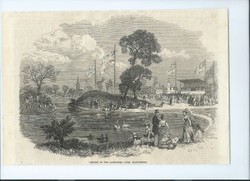

Comments
Work shoes for women are generally practical here and not too high when heels are worn for work. Recreation is different although i live in my training shoes .
my niece wore red trainers on her wedding day. No one could see them under her dress.
It intrigues me that the higher is the heel the more a woman is doing professionally and recreationally what a man is doing, and vice versa.
From the late 20th into the early 21st century the fashion trend is the 5-inch (12.7-centimeter) heel, at least among fashion-competitive, fashion-conscious Unitedstatesians.
Might there be a similar footwear trend in the British Isles of the same time period?
Online sources also designate clown performances as another example of women donning trousers when non-circus society demanded long dresses and long skirts of their dames.
Some female clowns perhaps jumped astride, not aside, onto their horses.
So why might not those styles of astriding horses, shorter skirts and trousers have modified non-circus society manners?
(After all, would not everybody love the circus? ;-D !)
Thank you for your comment below on May 29, 2022, in answer to my previous question.
Hemlines ending anywhere from ankle-high to floor-level do not seem safe, particularly when their clothes-wearers deal with down- and up-stairs.
Neither do they seem safe for horseback-sitting aside by women in their long dresses and skirts, versus horseback-sitting astride by men in their trousers.
Why might fashion designers not have moved trousered styles from opera trouser roles -- since the 17th century -- to real life?
Hemlines rose as women were needed to do men's jobs just before and during World War 1 . Long skirts were unmanageable. Plus Suffragettes were riding bikes !
It appears that materials are lighter-weight as the 20th century progresses. If so, does that make it more likely that hemlines will rise or, without hem weights, less likely because of what may be exposed under billowing skirts in blustery weather?
BSG!
That is a fab idea. I feel a bit of research coming on. THANK YOU !
The 1900s would be easier than the older periods, since more people have photo albums of the century.s ancestors. And more movies depicting the garb f the day have been made. Perhaps an interesting extension is to look at futuristic movies and see how well the guessed garb was to what really came about, like Back to the Future.
The tunic was like an over big , long T shirt
Veronica, Thank you for practical information, pretty pictures and product lines.
It's interesting that somewhat counterproductive styles were so popular during the 1910a. The hobble skirt meant having to walk in a slow, uncomfortable way. The tunic meant weighting down by extra weight. The white shirt meant knowing how to keep it clean while wearing it and wash, dry and iron it properly so it always would look pristine white!
Was the tunic a wrap that its wearer constantly had to guard against losing? Or was it fastened in some way?